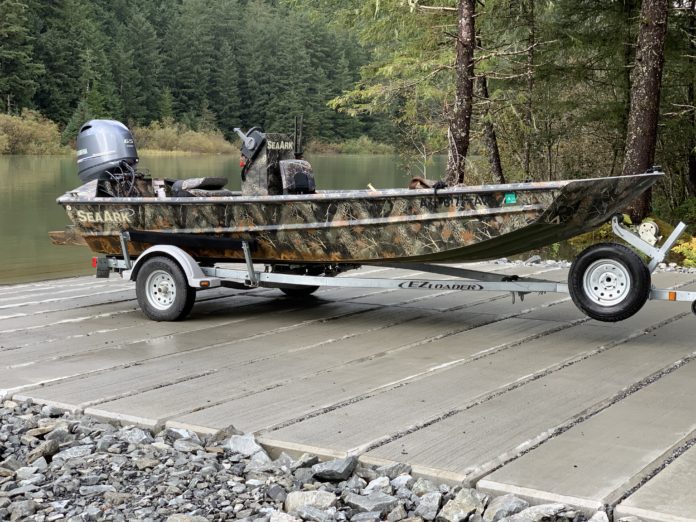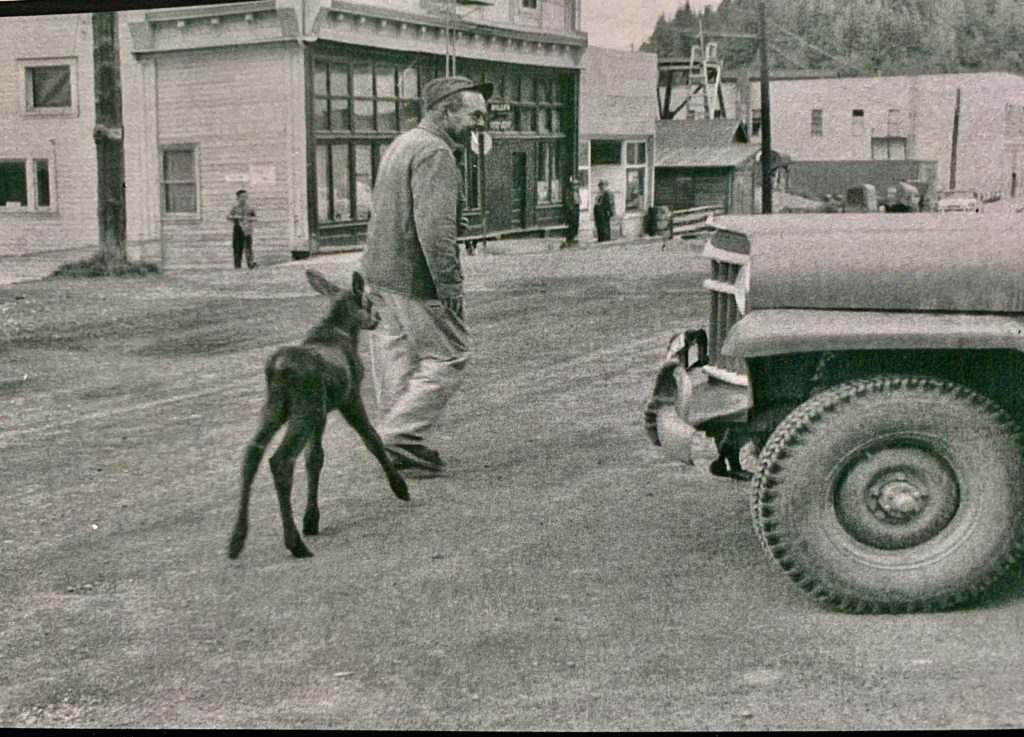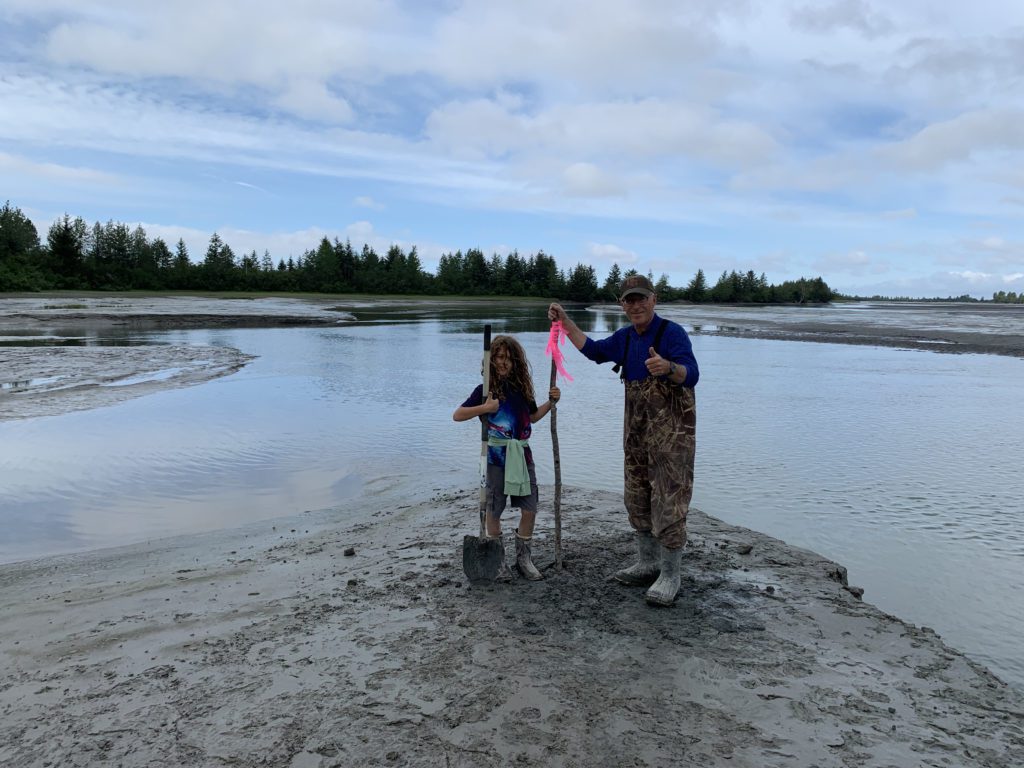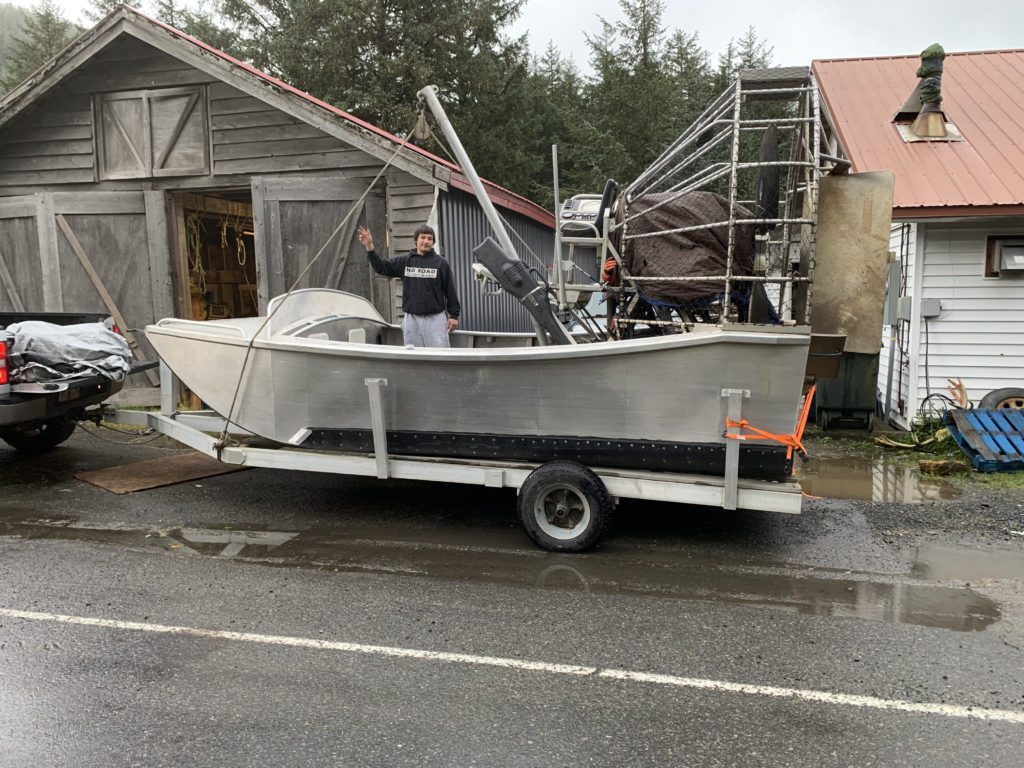
For many of us, cruising down the rivers and sloughs of the Copper River Delta is an inherent part of our Cordova character. Yet, that watery endeavor has greatly changed over the years.
Back in the railroad days, a common method to access the Delta was via small skiffs powered by early outboards to run across Eyak Lake and then down Eyak River.
Before the 1964 earthquake, there was no weir above the Mile 5 bridge and Eyak River was so deep that a cannery was located on its banks two miles downriver, as well as another one at Crystal Falls. Both used deep draft vessels and barges to haul canned fish up to a landing just below the Eyak River bridge.

Not long after the railroad shut down in 1938, the U.S. Army Engineers reactivated it to build a runway at Mile 13 as part of a string of air strips across Alaska for World War II defense purposes.
Today, pillboxes near the entrance to the Mile 13 USCG Air Station are a reminder of that era and the history of the Merle “Mudhole” Smith Airport.
The railroad tracks to Mile 13 were torn up after the end of World War II and replaced with a one-lane gravel road. It was so narrow that turnouts were distributed along its path, and vehicles would pull over to let oncoming traffic safely pass.
Gradually, the road was extended beyond Mile 13, and it became another way to cruise down the river after it reached Alaganik, formerly a trading post and settlement on this side of the McKinley River bridge at Mile 23.
Duck hunters, previously unable to access prime waterfowl hunting because the Eyak River route meant traversing the notoriously inclement weather across “the Flats” beyond the mouth of Eyak, found they could launch their small crafts in Alaganik and cruise down sheltered water for outstanding bird hunting.
Unfortunately, the nine-foot uplift from the 1964 earthquake made the sloughs much shallower. Today’s popular Alaganik Landing was originally built shortly after the earthquake to provide access to the nearest tidal reach that was still navigable.

Over the years all the sloughs of the Delta, as well as the Eyak River, have silted in considerably, and our modes of transportation have adapted.
Jet units were developed to fit on outboards for shallow water operations. Riverboats have become bigger over the years, with more powerful outboards and unique “tunnel” systems in the stern that allow them to operate in shallow water.
Airboats have also appeared on the Delta. Ironically, it was moose that arrived by air that spurned the evolution of airboats.
Due to a quirk of mountainous geography, moose never managed to populate the Copper River Delta on their own. Moose were introduced when abandoned calves from the Kenai Peninsula were transplanted here in the early 50s, flying in via Merle Smith’s Cordova Air Service World War II surplus DC-3’s.
Eventually a sizable population developed, and hunts began. Hunters pioneered using airboats for their harvest. The early models were powered by aircraft engines mounted on small aluminum or fiberglass hulls.
Today’s airboats are powered by massive automotive engines, and they can travel over the brushy terrain that has spread across the Delta. It is safe to say that a majority of the moose now taken annually are harvested by using these powerful machines, many which can haul out an entire moose in one trip.

One thing is for sure. Come fall, the rivers and sloughs will be alive with hunters and fishermen using air and river boats to harvest salmon, waterfowl and moose in waters so shallow or even non-existent that the phrase “cruising down the river” has almost become meaningless.





